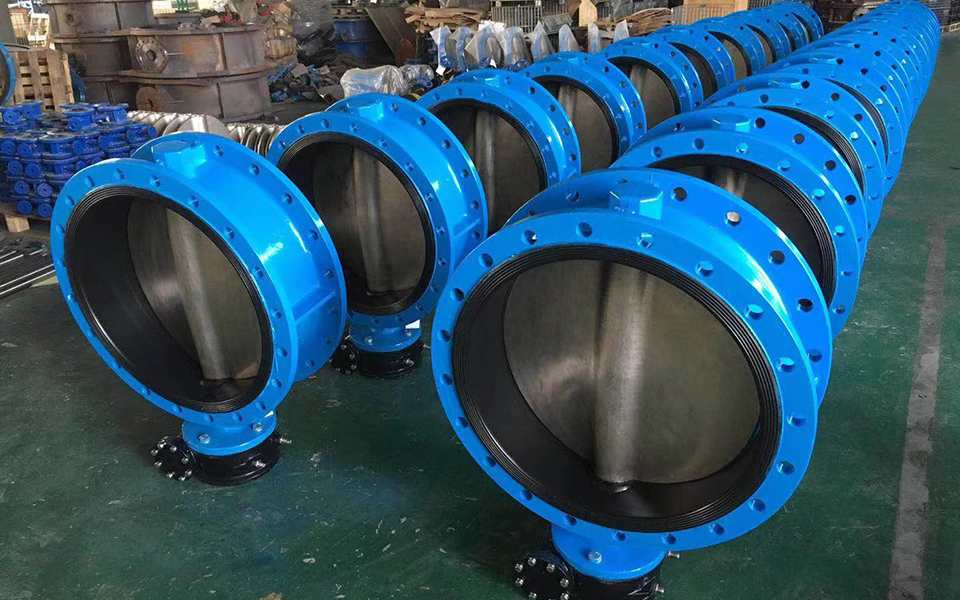INDUSTRY NEWS
What are the classifications of butterfly valves?
Butterfly valve is also called flap valve, often used in producer furnace, gas, natural gas, liquefied petroleum gas, hot and cold air, chemical smelting and other engineering systems to transport a variety of corrosive, non-corrosive fluid medium on the pipeline, used to regulate and cut off the flow of the medium.
Working principle of butterfly valve
Butterfly valve is a kind of valve that uses the round butterfly plate as the opening and closing part and rotates with the valve stem to open, close and adjust the fluid channel. The butterfly plate of the butterfly valve is installed in the diameter direction of the pipe.
In the cylindrical channel of the butterfly valve body, the disc-shaped butterfly plate rotates around the axis, the rotation Angle is between 0° and 90°, and the valve is fully open when it is rotated to 90°. Changing the deflection Angle of the plate can control the flow rate of the medium.
Classification of butterfly valves
One, concentric butterfly valve
The structure of the butterfly valve is that the stem axis, the center of the butterfly plate and the center of the body are in the same position. Simple structure and convenient manufacture. Common rubber lined butterfly valves belong to this category.
The disadvantage is that the butterfly plate and the seat are always in the state of squeezing and scraping, and the resistance is large and the wear is fast.
Two, single eccentric butterfly valve
In order to solve the problem of squeezing between the butterfly plate and the seat of the concentric butterfly valve, a single eccentric butterfly valve is produced. Its structural feature is that the stem axis deviates from the center of the butterfly plate, so that the upper and lower ends of the butterfly plate are no longer the rotating axis, disperses and reduces the excessive extrusion between the upper and lower ends of the butterfly plate and the seat.
Three, double eccentric butterfly valve
On the basis of the single eccentric butterfly valve further improved molding is the most widely used double eccentric butterfly valve. Its structural feature is that the axis of the valve stem deviates from the center of the butterfly plate and from the center of the body.
The effect of double eccentricity enables the disc to be quickly removed from the seat after the valve is opened, greatly eliminating the unnecessary excessive extrusion and scratching phenomenon between the disc and the seat, reducing the opening resistance, reducing wear, and improving the life of the seat.
Four, three eccentric butterfly valve
To withstand high temperatures, metal seals must be used, but the leakage is large; For zero leakage, a resilient must be used, but it is not resistant to high temperatures. In order to overcome the contradiction of double eccentric butterfly valve, the butterfly valve is eccentric for a third time (deviating from the center line of the metal sealing surface).
Its structural feature is that the conical axis of the sealing surface of the butterfly plate is skewed to the cylindrical axis of the body while the double eccentric stem axis is eccentric. That is to say, after the third eccentricity, the sealing section of the butterfly plate is no longer a true circle, but an ellipse.
The biggest feature of the third eccentricity is that it fundamentally changes the sealing structure, which is no longer a position seal, but a torque seal; It does not rely on the elastic deformation of the seat, but completely depends on the contact surface pressure of the seat to achieve the sealing effect.

